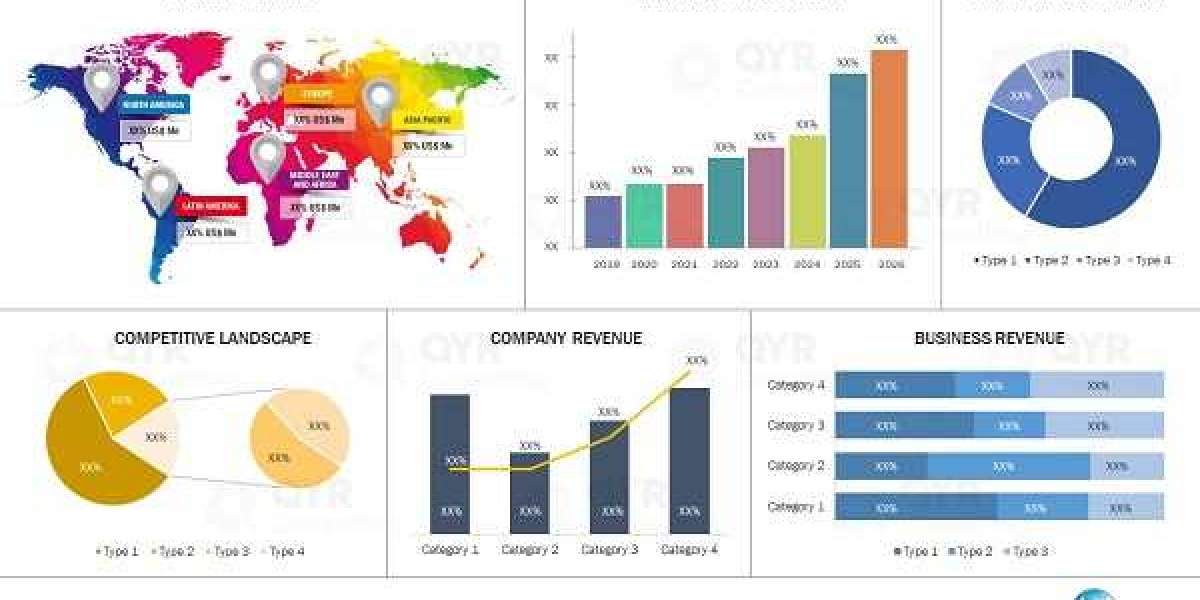Online slots are very popular. They are enjoyment and offer you a opportunity at earning big. Everyone desires of reaching that jackpot! But, it's crucial to select a resmi (official/licensed) on line position site. That keeps you secure and makes sure the overall game is fair slot online resmi. This short article helps you find a very good places to play. We'll show you what to look for, why it issues, and how to possess fun minus the risk.
Why Choosing a Resmi Online Slot Site Matters
Playing on the incorrect website can be risky. Unlicensed websites may cheat you. They may rig activities or steal your information. It's like walking into a dark street rather than a well-lit store. You just don't know what'll happen.
Jaminan Keamanan Data dan Privasi
Resmi websites use powerful security. They defend your individual information with encryption. Think of it like a key signal just they could read. Unofficial websites mightn't care about your data. Information breaches can occur, adding you at risk. Your data could possibly be bought to scammers.
Fair Play dan RNG (Random Number Generator)
RNGs make certain slot games are fair. They create random results, therefore no-one can estimate the outcome. Resmi internet sites get examined to make sure their RNGs function right. Thus giving you a fair possiblity to win. Unofficial internet sites might wreck havoc on the RNG. This means you'll probably lose more often.
Transaksi Keuangan yang Aman dan Terpercaya
Resmi sites use secure cost methods. They ensure your remains and withdrawals are secure. It's like using a respected bank. Unofficial sites mightn't defend your money. You have access to scammed or have trouble getting your winnings.
How to Spot a Resmi Online Slot Site
It's very important to understand how to inform in case a position on line site is resmi.Here certainly are a few tips.
Lisensi dan Regulasi yang Valid
Resmi internet sites have licenses from gaming authorities. These authorities make sure the web sites follow the rules. Try to find images from groups like the Malta Gaming Authority or the UK Gambling Commission. You can frequently find this data at the end of the website. If you do not view it, that is a red flag.
Reputasi dan Ulasan Pengguna
See what different participants are saying. Check always on line opinions and forums. Look for any claims about unjust practices. A good website can have a lot of good reviews.
Keamanan Website (SSL Sertifikat)
Make sure the web site is secure. Search for "HTTPS" in the net address. What this means is your website comes with an SSL certificate. It encrypts your data. It is such as for instance a lock on the website that prevents hackers from seeing your info.
Features and Perks of Resmi Online Slot Sites
Resmi internet sites provide lots of great features. They provide you with a greater experience compared to unofficial sites.
Ragam Pilihan Permainan Slot
You'll find tons of position games on resmi platforms. They've classic slots, video slots, and jackpot slots. This gives you plenty of choices. You will generally discover something new and fascinating to play.
Bonus dan Promosi yang Adil dan Transparan
Resmi internet sites present bonuses. These may include delightful bonuses or free spins. Just make sure you browse the fine print. Ensure you realize the principles before you claim a bonus.
Dukungan Pelanggan yang Responsif dan Profesional
If you have a challenge, you will require help fast. Resmi sites have excellent customer support. They provide live conversation, mail, or phone support. This can be a large gain just in case you require to correct something.
Tips for Safe and Smart Online Slot Play
Enjoying safe can be as important as obtaining a resmi site. Here's how to help keep the enjoyment going without problems.
Tetapkan Batasan Anggaran dan Waktu Bermain
Collection a budget. Choose the amount of money you are able to afford to lose. Also, set an occasion limit. Choose how long you'll play. This can support prevent overspending and addiction.
Pahami Aturan dan Peluang Permainan Slot
Learn how each position sport works. Know the guidelines and paytables. Realize the volatility. This will allow you to produce smart choices.
Jangan Pernah Mengejar Kekalahan (Chase Losses)
Don't attempt to get back what you've lost proper away. It's seductive, but it often leads to greater losses. Take a separate and take to again another time.
Top Resmi Online Slot Providers
Many good sport manufacturers build slots. They're known for good perform and fun games.
Pragmatic Play
Pragmatic Perform is popular. They produce games like Hair Silver and Special Bonanza. Several people enjoy their benefit features.
Microgaming
Microgaming has been around for a while. They're noted for classic slots and huge jackpots. They are noted for their quality and reliability.
NetEnt
Conclusion
Choosing a position on line resmi is critical for security and fun. It protects your computer data and makes sure the activities are fair. Remember to perform responsibly. This can help you appreciate the experience without risks. Select a reliable platform and best of luck!











